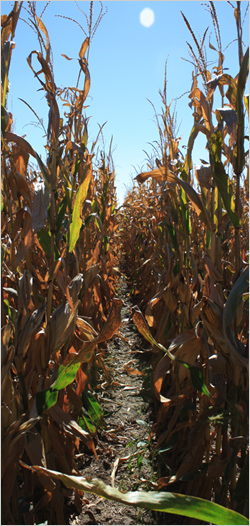Soil Testing – Why Soil Test?
Gambling with your P and K!
When you soil test, you can determine the category of your soil’s fertility: very high, high, optimum, low, or very low. Research indicates the percentage of P and K applications expected on average to produce a yield response within each soil test category is as follows:
- 80% for very low
- 65% for low
- 25% for optimum
- 5% for high
- < 1% for very high
Based on input costs and expected yield increases, the optimum category is the most profitable. Much like gambling, if the odds of winning are 80%, you play all night. If the odds of winning are only 5%, you might not even take a seat at the table. Net-net: knowing your odds and having a plan gives you the best chance of winning.
Balancing your soils diet!
When you eat a well balanced diet, you feel better and increase your productivity. The same can happen in your soil. When it comes to base saturation and soil ph, knowing you have one of them at the right level usually means the other is, too. The base nutrients in soil are Calcium, Magnesium, Potassium, Sodium, and Hydrogen. When each of these nutrients is at the proper percentage level in the soil, your soil will have optimum health and performance, which will help to maximize your profits.
Improve profits and the environment!
Soil testing can help you maximize the use of very expensive nutrients. If you soil test every two to four years, you can determine trends in your soil test category and make changes to ensure you are operating at optimum level. If your soil tests too high, there is an increased risk of Nitrogen and Phosphorous loss, both of which are not only expensive but are also being considered a pollutant in certain situations. A regular soil testing program can save you time in the fields, decrease input costs, improve crop performance, and better the environment.

